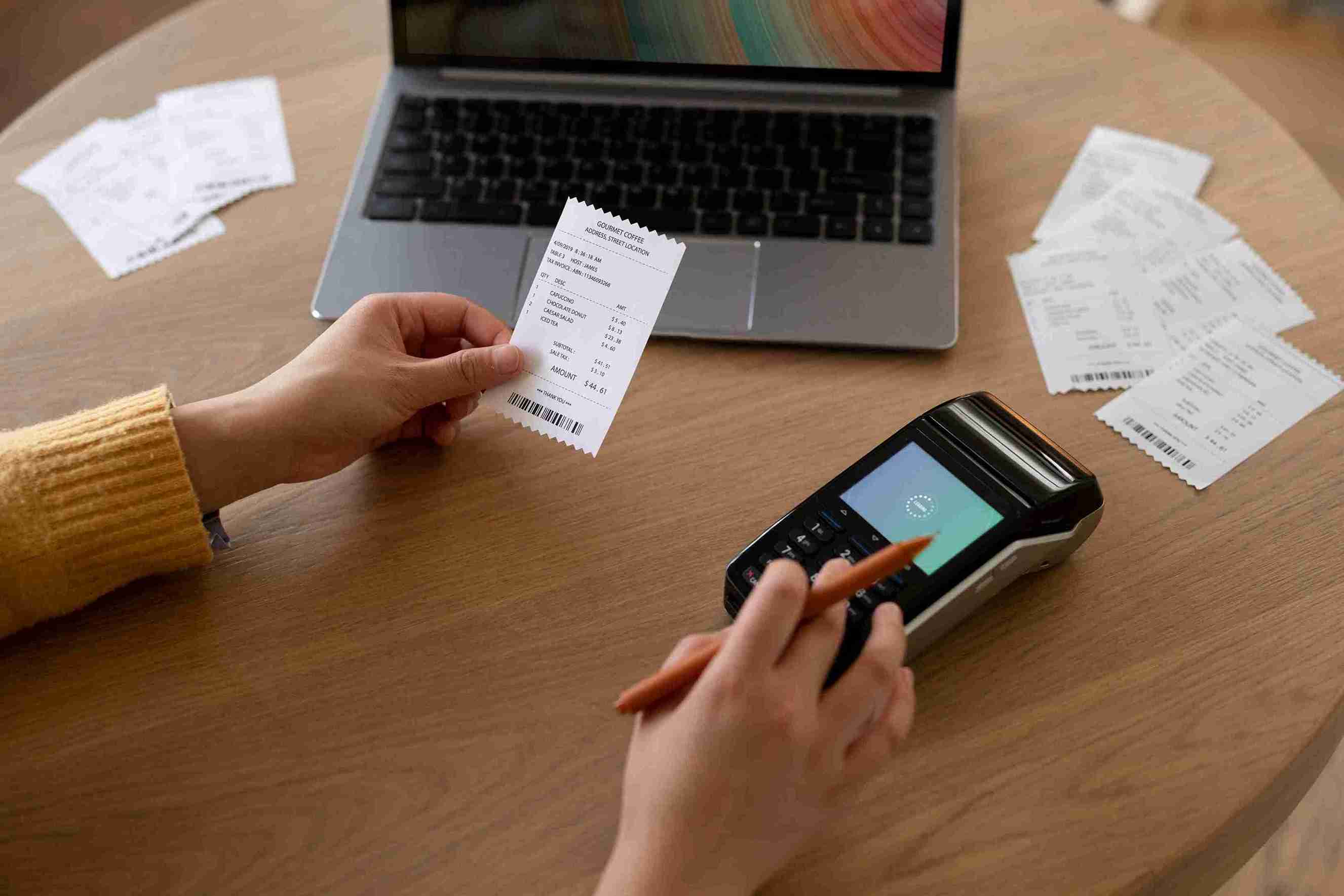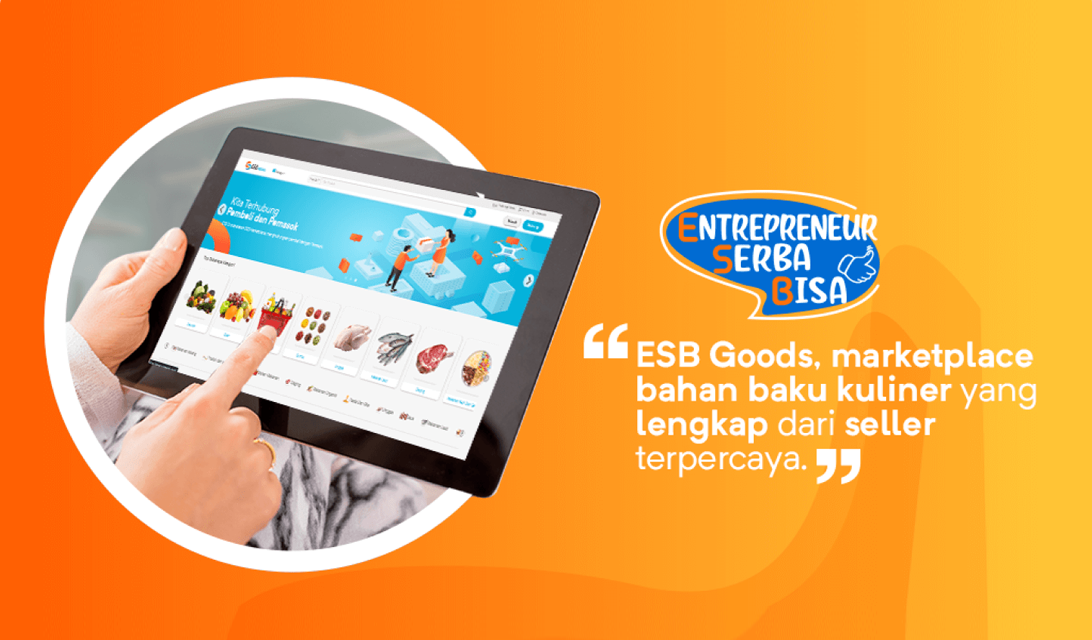 SHARE
SHARE
Receipt: Functions, Components, and Types You Must Understand
Sovia
In every transaction, proof of payment plays an important role. For both buyers and sellers, this document ensures that all parties clearly understand the details of the transaction.
In the culinary business world, this proof is commonly known as a receipt.
Although it may seem simple, a receipt serves more purposes than just being a payment slip.
This article will discuss receipts, their functions, components, and types, so culinary businesses can manage transactions more effectively. Let’s dive in!
What Is a Receipt?
A receipt is a written record of a transaction, whether it involves money, goods, or services.
It is usually issued by the seller or payment recipient to the buyer as official proof that payment has been received.
A receipt typically includes key details such as the transaction date, payment amount, payment method, product or service description, and the identities of the parties involved.
This information provides both sides with a clear and official record of the transaction.
Receipts come in two main formats: printed and digital. Printed receipts are commonly seen at restaurants or convenience stores, while digital receipts (e-receipts) are often sent via email or through specific apps.
The Functions of a Receipt
Source: freepik.com
Receipts play multiple crucial roles in ensuring smooth business transactions. Without them, business processes may lack structure and clarity.
Here are some of their key functions:
1. Official Proof of Transaction
A receipt verifies that payment has been made in the exact amount stated. This helps avoid misunderstandings between buyers and sellers.
2. Warranty and Return Requirement
Many stores require a receipt to process warranty claims or product returns. With a receipt, the process becomes faster and more transparent.
3. Audit Reference
Receipts serve as references during audits, ensuring all transactions are properly recorded. This maintains financial accuracy and transparency.
4. Tax Reporting Basis
Receipts play an important role in tax reporting, such as income tax and VAT. Clear payment records reduce the risk of reporting errors.
5. Accounting Support
For businesses, receipts are essential documents in financial records, supporting journals, monthly reports, and annual reports.
Key Components of a Receipt
A good receipt is not only a payment record but also a communication tool between sellers and buyers. To make transactions clearer, more organized, and legally valid, the following components should be included:
1. Business Information
Usually displayed at the top, this section includes the business name, logo, address, phone number, email, or website.
2. Reference or Receipt Number
A unique identifier that simplifies recording, tracking, and reviewing transactions.
3. Date and Time of Transaction
Essential for verifying when the transaction took place, useful for sales records and financial reports.
4. Transaction Details
Includes product or service descriptions, quantities, unit prices, discounts, taxes, and the final total.
5. Payment Method
Indicates whether payment was made via cash, debit card, credit card, bank transfer, or e-wallet. For cash, change given should also be noted.
6. Related Party Information (Optional)
Some businesses add the cashier’s or customer’s name for easier tracking if issues arise.
7. Signature or Stamp (Optional)
For high-value physical transactions, signatures or stamps add credibility.
8. Special Notes
Additional information such as “non-refundable” or “prices exclude VAT” to prevent misunderstandings.
Read more: Complete Guide! Benefits, Advantages & Disadvantages of Online Receipts for Your Business
Types of Receipts You Should Know
Receipts come in different types depending on the transaction. Here are the most common ones:
1. Sales Receipt
Issued for goods or services purchases, often printed via cash registers or POS systems.
2. Cash Receipt
Serves as proof of cash payment. It records the date, amount, payer, and payee. Common in small businesses or personal services.
3. Credit Card Receipt
Generated whenever payment is made via card. It shows transaction details, merchant info, date, and a partial card number for security.
4. Digital Receipt (E-Receipt)
Sent through email or SMS. Convenient, eco-friendly, and reduces paper clutter.
5. Gift Receipt
Does not display the purchase price, allowing gift recipients to exchange items without knowing the amount paid.
Read more: Thermal Paper Roll: Get to Know the Types, Uses and Correct Ways to Store It
Frequently Asked Questions (FAQ) About Receipts
1. What is the difference between a receipt and an invoice?
An invoice is issued before payment as a payment request, while a receipt is issued after payment as proof.
Invoices list detailed products or services, while receipts show amounts paid and any remaining balance.
2. What is a goods receipt?
A goods receipt confirms that ordered items have been received by the buyer from the supplier. This helps prevent disputes and ensures transparency.
3. What is a trust receipt?
A trust receipt is a written agreement between a bank and an importer who receives goods but pays only after selling them.
The bank retains ownership until payment is completed.
4. What is the difference between a payment receipt and a cash receipt journal?
A payment receipt proves that the customer has made a payment, either fully or partially.
A cash receipt journal, however, is an accounting record of all cash inflows, including sales, rent, investment interest, and asset sales.
5. Are receipts only for cash payments?
No. Receipts apply to various payment methods, including credit cards, transfers, and digital payments. Their main role is to confirm that the seller has received payment.
Conclusion
Every transaction detail contributes to building customer trust. A receipt is more than proof of payment, it ensures transparency and helps businesses maintain neat financial records.
Proper receipt management reduces errors, improves efficiency, and strengthens business credibility.
Want to manage your culinary business transactions more efficiently? Use ESB POS!
Want to make your culinary business transactions more efficient? Use ESB POS!
ESB POS is also integrated with GrabFood, GoFood, and ShopeeFood.
With ESB POS, every receipt is not just proof—it’s part of delivering the best service to your customers.
Contact the ESB team today and start using ESB POS for your business!
 SHARE
SHARE




